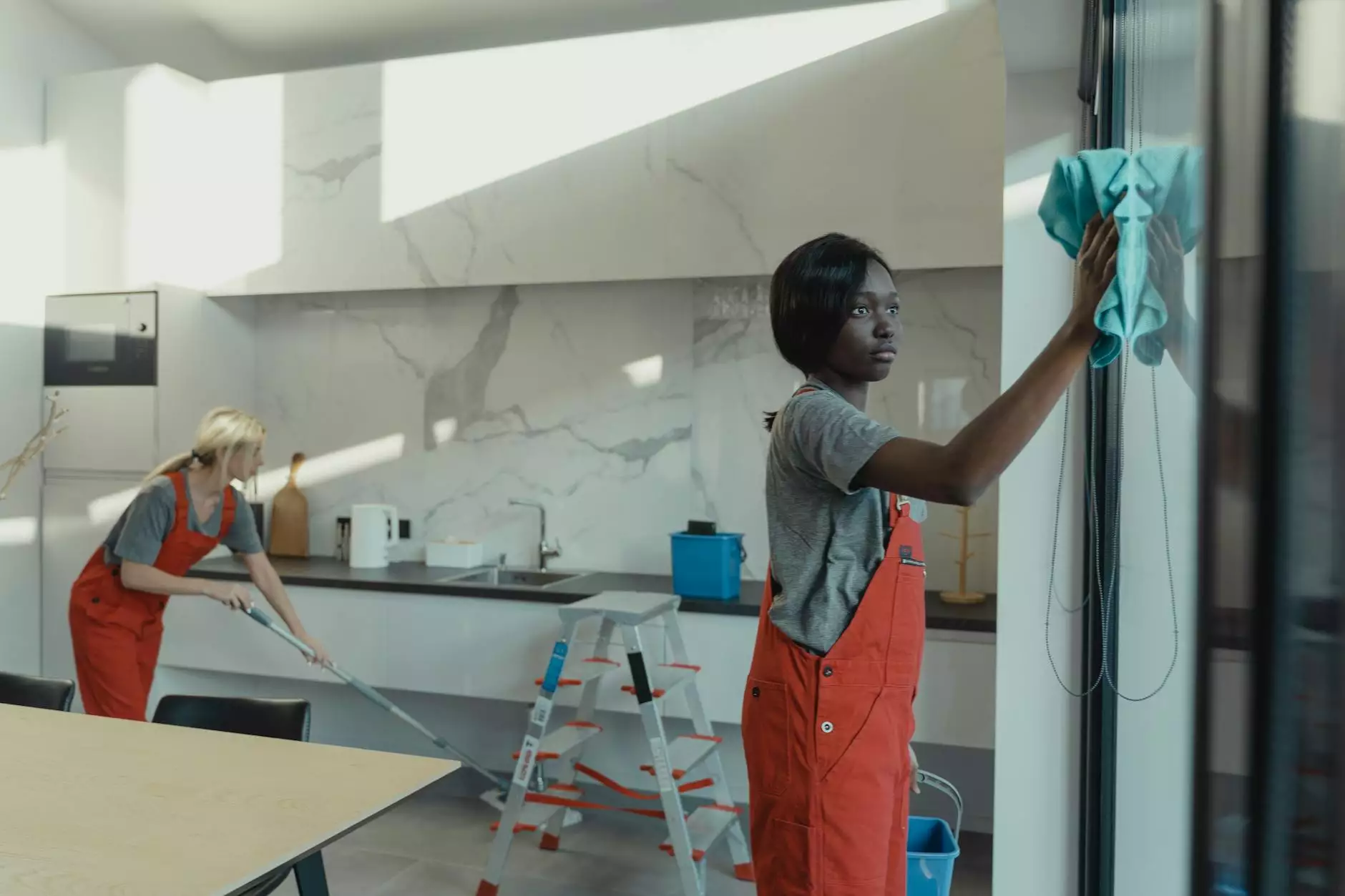Building an Aviary: A Comprehensive Guide for Animal Lovers

When it comes to creating a harmonious balance between our love for nature and providing a safe haven for birds, building an aviary is one of the most fulfilling projects any animal enthusiast can undertake. An aviary not only enriches the lives of the birds but also offers a stunning focal point for your garden or outdoor space. In this article, we delve deep into the world of avian architecture, exploring the various elements that contribute to effective aviary design, construction materials, and essential maintenance tips.
Understanding the Basics of Aviaries
An aviary is a large enclosure for confining birds, allowing them the freedom to fly and interact with their environment while remaining protected from predators. Before we embark on our journey of building an aviary, it's crucial to understand the fundamental characteristics that make an aviary successful.
Types of Aviaries
- Outdoor Aviaries: These are typically larger and designed to accommodate multiple species of birds. They allow for natural light and air circulation.
- Indoor Aviaries: Suitable for smaller spaces, these aviaries are ideal for apartment dwellers and can be decorated with various perches and toys.
- Mixed-Species Aviaries: These aviaries house different bird species together, but careful planning is essential to ensure compatibility.
Planning Your Aviary
Effective planning is the cornerstone of successful aviary construction. Here are some pivotal considerations:
Choosing the Right Location
Begin by selecting an area with adequate sunlight and shade, which is vital for the health of your birds. Avoid sites with strong winds, as they can be harmful. Additionally, ensure that the location has good drainage to prevent water accumulation, which can lead to diseases.
Size Matters
The size of your aviary will largely depend on the number of birds you plan to house. As a general rule, provide at least 10 square feet per bird for active species to fly comfortably. The height is equally important; ensure that it's tall enough to accommodate perches that allow for varied flight paths.
Legal Considerations
Before proceeding, it's prudent to check local regulations regarding keeping birds and building enclosures. Some municipalities have specific guidelines on the types of birds you can house and the requirements for their enclosures.
Essential Materials for Building an Aviary
Once you’ve planned your aviary, the next step involves selecting the right materials. The following list highlights essential components required for building an aviary:
Structural Framework
- Wood: Pressure-treated lumber is an excellent choice for framing an aviary, as it is durable and easy to work with.
- Metal: Galvanized steel or aluminum is ideal for a more permanent structure and offers resistance to weather elements.
Enclosure Materials
- Mesh Wire: Use stainless steel or coated wire mesh to prevent birds from escaping and to keep predators out. Mesh size should be appropriate for the species you are housing.
- Transparent Panels: Consider using polycarbonate sheets for a weather-resistant and UV-protected space.
Roofing and Flooring
For roofing, ensure that you use materials that can withstand the weather, such as metal sheets or durable plastic. For flooring, consider using a mix of soil, grass, and sand, which provide a natural environment.
Designing Your Aviary: A Step-by-Step Approach
Now that you have the materials, let's delve into the design process of your aviary.
Creating the Layout
Begin with a blueprint. Draw the design for your aviary, clearly marking the entrance, feeding stations, perches, and plants. Visualizing the layout will help you make the necessary adjustments before construction.
Incorporating Natural Elements
Adding plants can enhance the aesthetics of your aviary. Use bird-safe plants to create a more natural habitat for your feathered friends. Vines, shrubs, and small trees can provide shelter and nesting opportunities.
Building the Aviary
Foundation and Structure
Start by laying a strong foundation. You can use concrete blocks or posts to support the aviary’s weight. Ensure that the structure is stable and can withstand environmental factors.
Assembling the Walls
Next, carefully assemble the walls using your selected materials. Ensure to incorporate access doors for easy entry and cleaning. The mesh should be taut and securely fastened to prevent any potential escape routes.
Roof Installation
Once the walls are up, proceed to install the roof. Ensure it is securely fastened and that there are no gaps, as this will protect the birds from aerial predators.
Ensuring a Safe Environment for Your Birds
After completing the construction of your aviary, focus on creating a safe and comfortable environment for your birds. Here’s how:
Climate Control
Monitor the temperature and humidity inside the aviary to avoid stressing the birds. Providing shaded areas can help in hot weather, while heat lamps or insulated areas can keep them warm during colder months.
Feeding and Watering Stations
Set up feeding and watering stations that are easily accessible yet secure from contamination. Clean these stations regularly to maintain hygiene.
Enrichment Activities
Birds thrive in enriched environments. Incorporate various perches, toys, and hiding spaces to stimulate their natural behaviors and prevent boredom.
Maintenance Tips for Your Aviary
Maintaining an aviary is crucial to ensuring the well-being of your birds. Here are some key maintenance tips:
Regular Cleaning
Implement a regular cleaning schedule to remove droppings, uneaten food, and debris. This will help prevent diseases and keep the aviary a pleasant environment for the birds.
Inspect for Repairs
Conduct frequent checks for wear and tear on the structure, mesh, and other materials. Early identification of any damages can avert bigger problems down the line.
Health Checks
Pay attention to your birds' health. Observing their behavior and physical condition can help identify potential illnesses early, allowing for prompt intervention.
Conclusion: The Joy of Building an Aviary
In conclusion, building an aviary is not just a construction project; it's a commitment to providing a nurturing habitat for your avian companions. By following the guidelines outlined in this article, you can create a beautiful and functional space that enhances both your property and the lives of the birds you choose to keep. The joy and satisfaction derived from watching your birds thrive in their custom-built environment is truly unparalleled. Whether you are seeking to create an animal shelter, engage in pet boarding, or explore metal fabrication options, remember that your aviary can be a versatile sanctuary for your beloved feathered friends.
For all your metal fabrication needs and to enhance your aviary project, visit hebmetalmesh.com for quality materials that will last for years to come.









